You can adapt Grandma's beloved cake recipes for solar oven baking with a few key modifications. Start by scaling down the recipe to fit smaller pans, and use room-temperature ingredients for better mixing. You'll want to position your solar oven in direct sunlight and preheat it for 30 minutes to reach around 225°F. Dark-colored pans work best for heat absorption, and covering them with aluminum foil helps maintain steady temperatures. Expect longer baking times than traditional ovens, usually about an hour, and check progress with the toothpick test every 30 minutes. With these simple adjustments, you'll reveal the secret to perfect sun-powered versions of those cherished family desserts.
Understanding Solar Cake Basics

Sunshine transforms a simple box into a powerful baking tool when you're making cakes in a solar oven. Once you've preheated your oven for 30 minutes, it can reach temperatures over 225°F – perfect for baking your favorite cake recipes.
You'll find that standard cake mixes adapt well to solar baking, but you'll need to make a few adjustments. Use dark-colored baking pans to absorb more heat, and place them inside a larger pot to maintain steady temperatures. When using a cake mix, you'll appreciate that it comes with a small baking pan included.
Make sure you've positioned the clear dome cover properly and adjusted the reflector flap to direct maximum sunlight into the oven.
Your cake's cooking time will vary based on the sun's intensity and your recipe, but don't worry – cakes are forgiving in solar ovens since they're less likely to burn or overcook.
Adjusting Classic Cake Recipes
When adapting your favorite cake recipes for solar baking, you'll need to make thoughtful adjustments to guarantee success. Start by scaling down your recipes to fit the smaller capacity of solar ovens, and make sure all ingredients are at room temperature for peak mixing. Traditional recipes like oatmeal cake benefit from having room temperature oats for optimal mixing results.
You'll find better results by following these essential steps:
- Choose appropriate baking vessels that fit your solar oven's chamber, preferably using silicone molds or smaller pans covered with aluminum foil.
- Modify cooking temperatures and times, expecting most cakes to bake at around 225°F for approximately one hour.
- Position your oven carefully in direct sunlight, adjusting the reflectors throughout the baking process to maintain consistent heat.
Remember to check your cake's progress regularly with a toothpick test, as solar ovens can cook unevenly despite careful preparation.
Essential Solar Baking Equipment
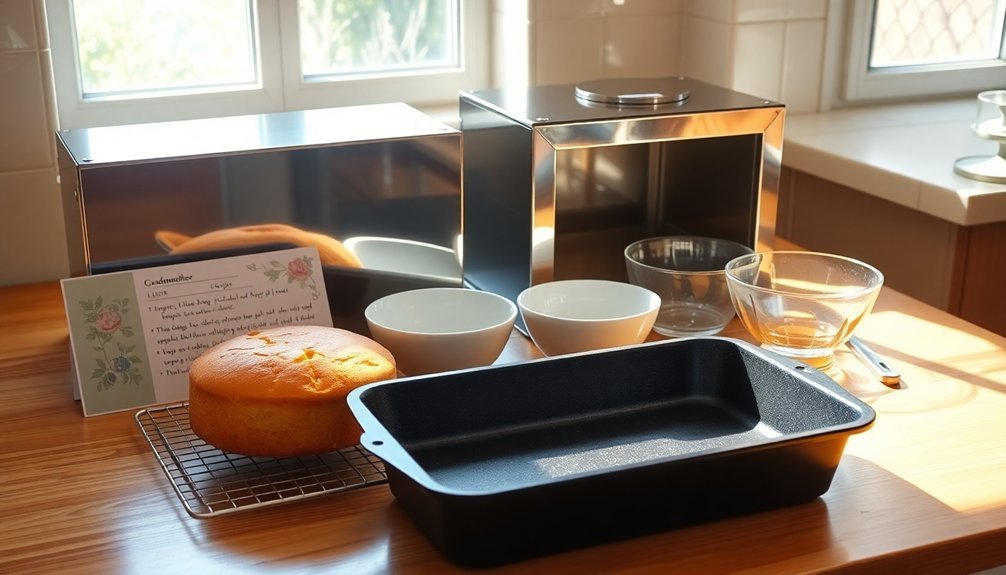
Success with solar baking starts with gathering the right equipment.
You'll need a large pizza box as your oven base, aluminum foil to reflect sunlight and retain heat, black paper to absorb heat, and clear plastic wrap to create a greenhouse effect.
Don't forget scissors or a utility knife for precise cutting. When preparing the box, ensure you cut a flap in the lid leaving about an inch border around the edges.
To monitor your solar cake's progress, keep a thermometer handy – you'll want the internal temperature between 160-200°F for best baking.
Since solar ovens work best on sunny days and require longer cooking times than conventional ovens, you'll also need a timer to track your cake's progress.
Remember to position your oven in direct sunlight and adjust it periodically as the sun moves.
A sturdy prop or stand helps maintain the ideal angle for sunlight reflection.
Perfect Solar Cake Timing
Time management plays an essential role in solar cake baking. You'll need to monitor your solar oven's temperature closely, as it directly affects your cake's baking time. When the temperature matches conventional oven requirements, you can expect similar cooking durations.
However, if you're working with lower temperatures around 225°F, you'll need to extend your baking time accordingly. For maximum efficiency, ensure blue enamel cookware distributes heat evenly throughout your cake.
To achieve the perfect cake timing:
- Position your oven facing the sun and adjust it every 30 minutes for consistent heat
- Use smaller baking containers like mini-muffin tins to guarantee even cooking
- Watch for steam or condensation as indicators that your cake is nearly done
For ideal results, use a temperature gauge and black cookware to maximize heat absorption.
If you're baking on hot summer days when temperatures reach 350-450°F, you'll enjoy faster cooking times.
Troubleshooting Common Solar Baking Issues

Even the most experienced solar bakers face challenges from time to time. If your cake isn't heating properly, check that your reflective panels are clean and properly positioned to catch maximum sunlight.
You'll need to adjust your oven's position throughout the day to follow the sun's path.
Moisture can be particularly tricky when baking cakes. You'll want to vent your oven slightly by leaving the latches loose or using a small stick to create a gap, allowing steam to escape without losing too much heat.
Don't open the lid frequently, as this causes significant temperature drops.
Keep your oven stable on level ground and regularly check for loose bolts.
To improve overall performance, guarantee proper insulation and maintain tight heat seals. You can also add reflective materials like aluminum foil to boost heating efficiency.
Frequently Asked Questions
Can I Use My Regular Cake Decorations in a Solar-Baked Cake?
Yes, you can use most regular cake decorations, but you'll need to be mindful of temperature sensitivity. Make sure your solar-baked cake is completely cool, and avoid decorations that require precise temperature control.
How Does Altitude Affect Solar Cake Baking Times?
At higher altitudes, you'll find your solar-baked cakes cook faster due to increased solar radiation intensity. You'll need less time than at sea level, but you should still monitor closely for proper doneness.
Will Colored Cake Batters Fade When Baked in Solar Ovens?
Yes, your colored cake batters can fade in solar ovens. You'll want to use intense food coloring and bake layers separately to maintain vibrancy. Proper sun tracking and temperature control help preserve your cake's colors.
Can I Bake Multiple Cake Layers Simultaneously in a Solar Oven?
You'll face challenges baking multiple cake layers simultaneously in a solar oven. It's best to cook layers in batches due to space limitations, heat distribution concerns, and the need for consistent temperatures.
Does Humidity Impact the Texture of Solar-Baked Cakes?
Yes, humidity considerably affects your solar-baked cakes. You'll notice they're typically moister due to trapped moisture in the solar oven. You'll need to adjust your liquid ingredients to prevent overly wet textures.
In Summary
You'll find that baking Grandma's cherished cake recipes in your solar oven isn't complicated – it just requires some thoughtful adjustments and patience. With the right equipment, recipe modifications, and timing techniques you've learned, you're ready to create delicious, sun-baked treats that would make her proud. Don't let cloudy days discourage you – keep practicing, and you'll master the art of solar cake baking.

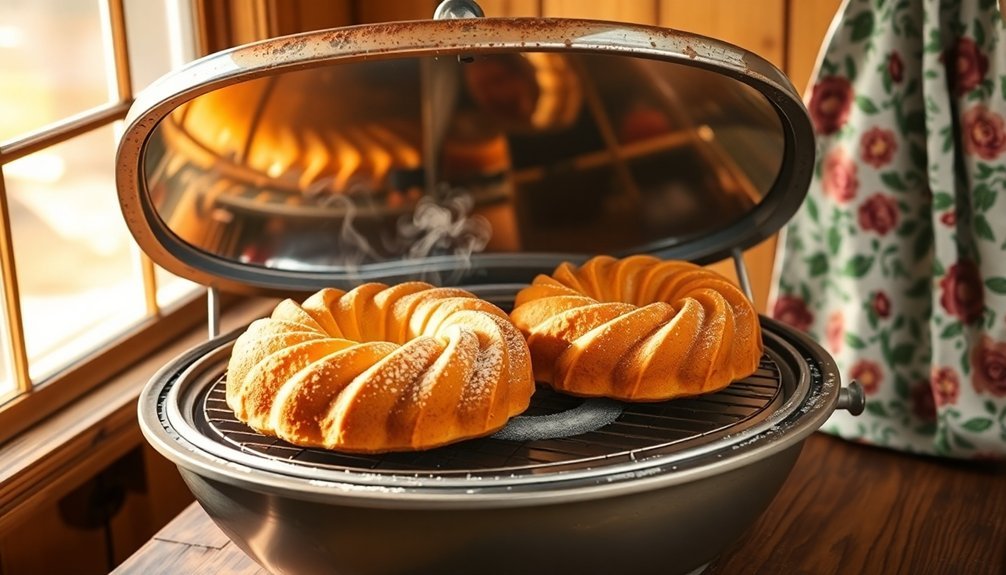
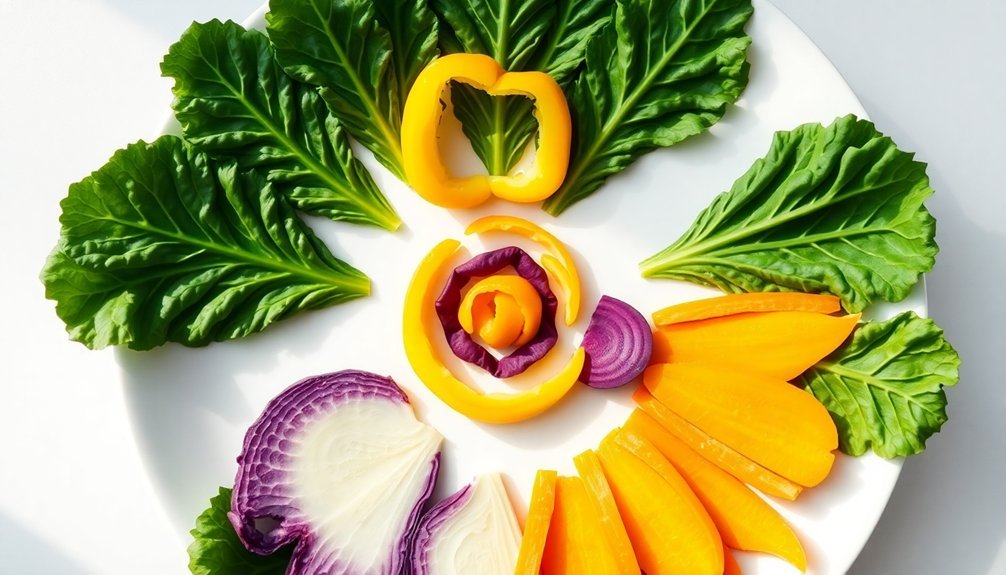
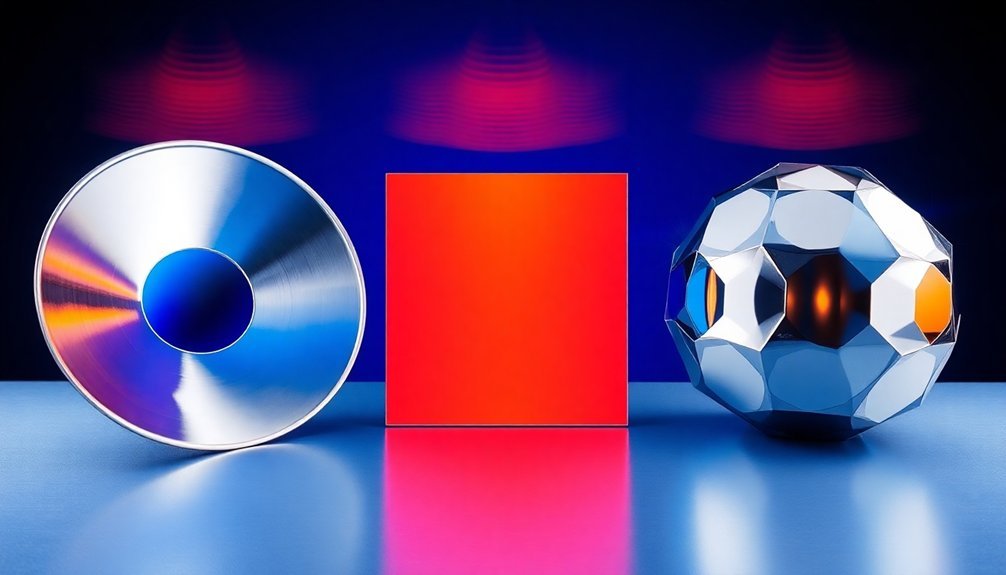
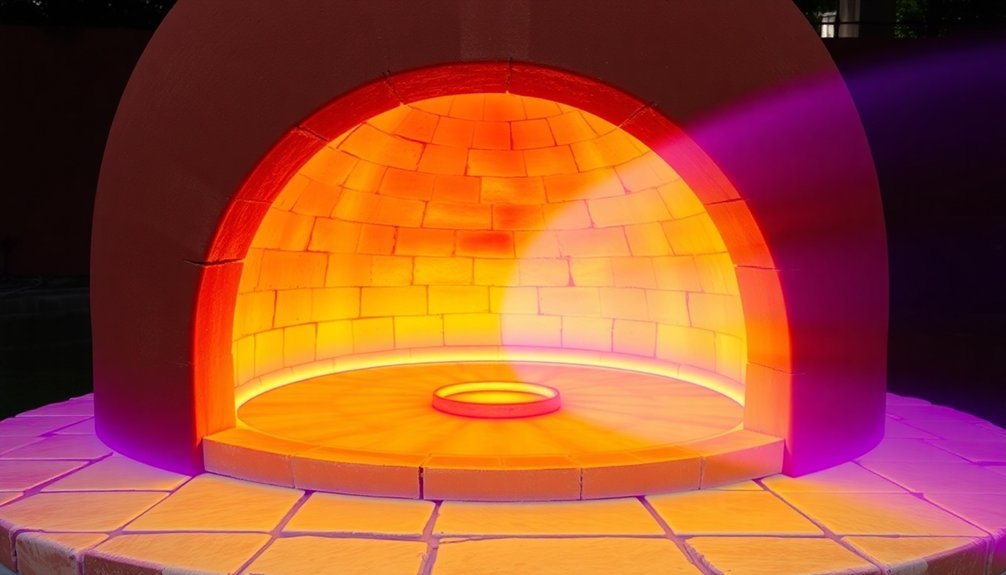
Leave a Reply